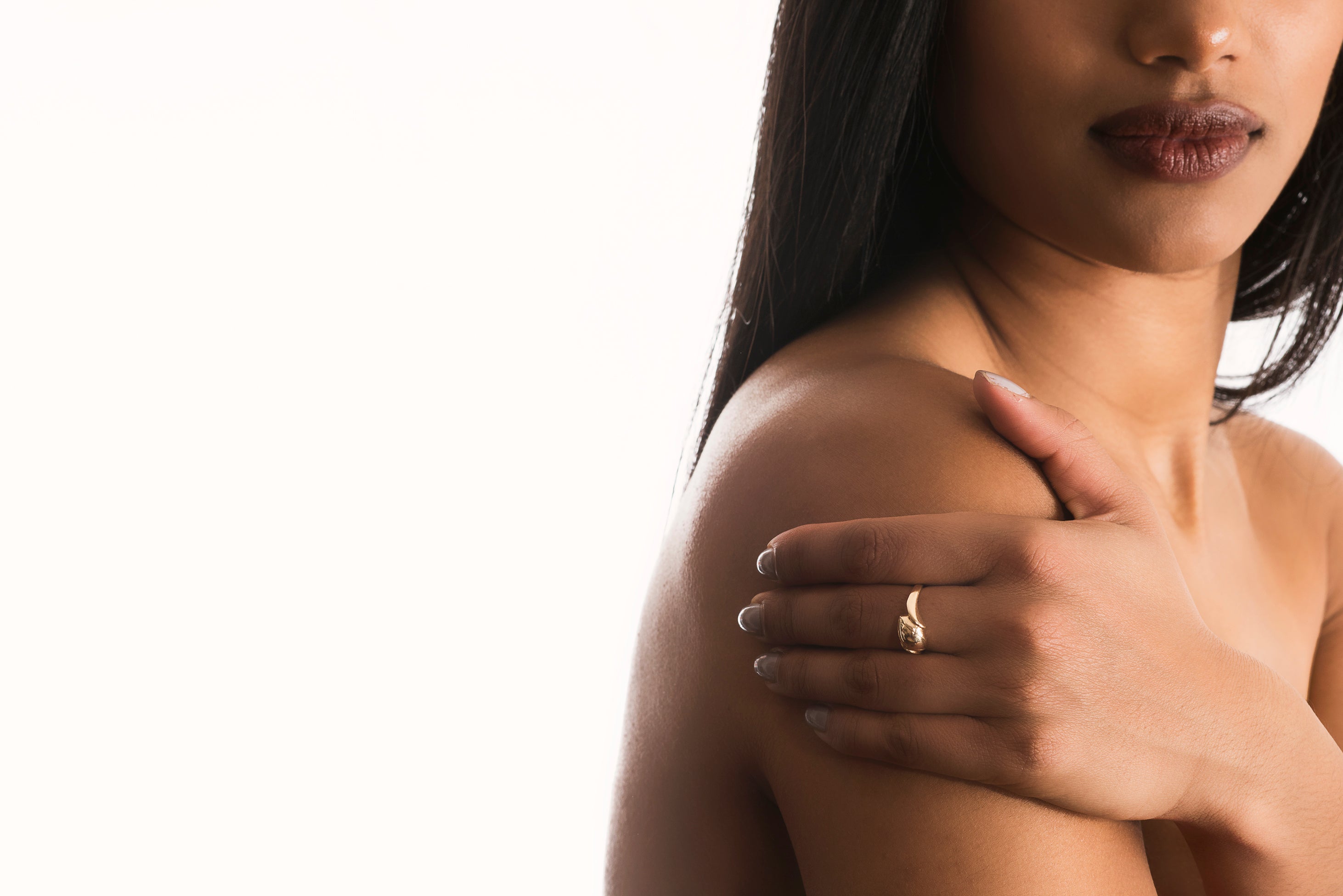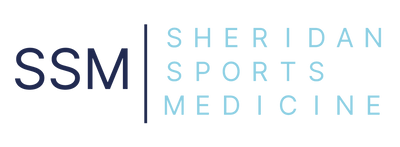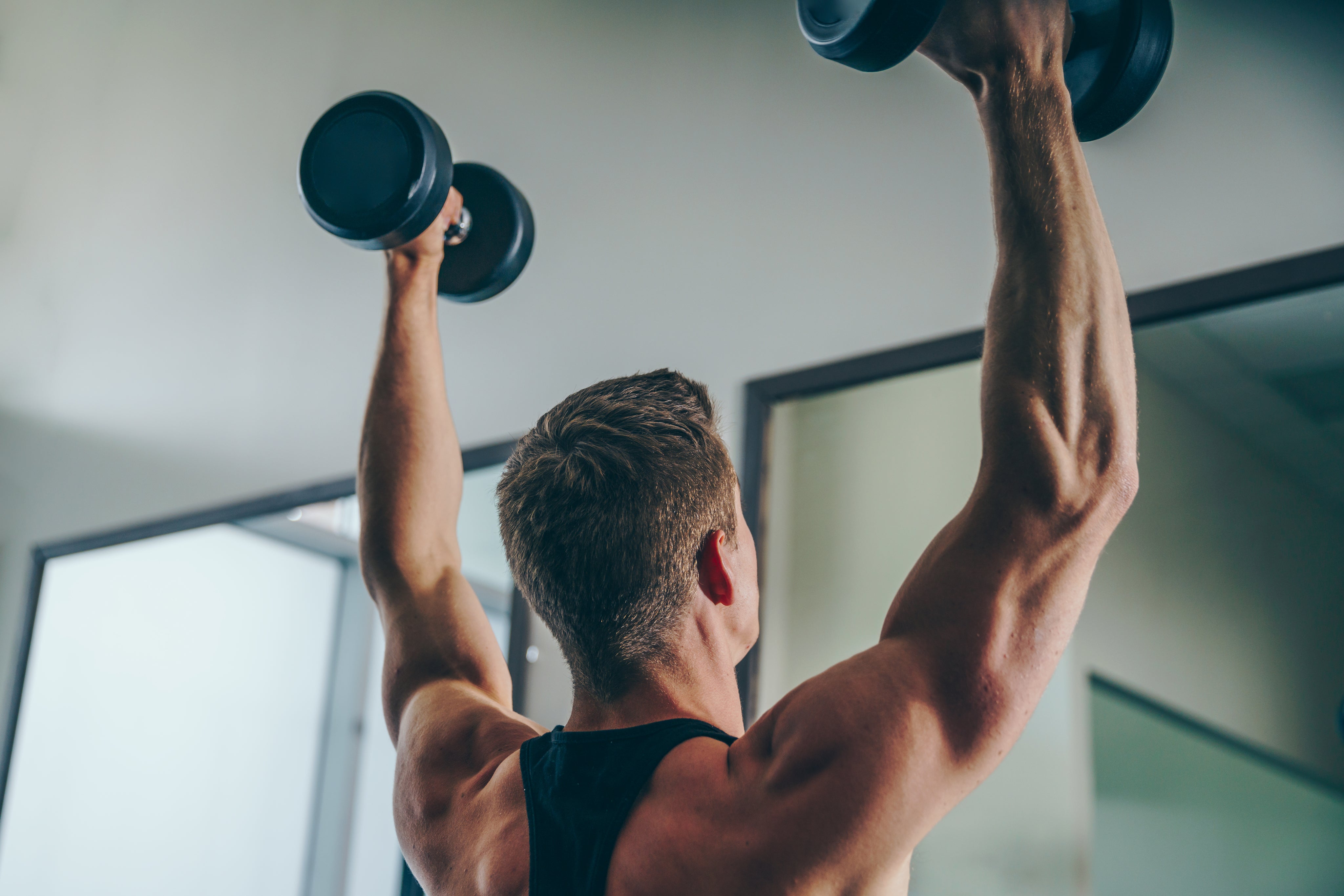Shoulder dislocations and labral tears can significantly impact shoulder function and mobility. Shoulder dislocations can result in tears to the shoulder labrum (which is a bit like a washer that deepens the socket of the ‘ball and socket’ joint,) but these tears can also occur without a history of dislocation or subluxation. Dislocations and subluxations can happen with trauma or in some people occur spontaneously. Age at first dislocation, injury mechanism, history of recurrent dislocations and associated damage to the shoulder anatomy are all factors that affect the decision making regarding treatment.
A shoulder dislocation occurs when the upper arm bone (humerus) is forced completely out of the shoulder socket (glenoid.) A subluxation is when the humerus moves partially out of it’s position on the glenoid without coming fully out of joint. Traumatic dislocations often result from sudden impacts or falls, commonly seen in younger individuals participating in contact sports or high-impact activities. Spontaneous dislocations, on the other hand, can occur without any apparent cause. Factors such as a shallow socket, weak or poorly functioning muscles and loose ligaments, such as in hypermobile Ehlers-Danlos syndromes (EDS) are risk factors for shoulder dislocation.
X-ray imaging ideally occurs before the shoulder is relocated to confirm the type of dislocation and check for associated fractures. Sometimes, the shoulder is put back in place (reduced) prior to arrival at the hospital and before an X-ray. Even if this is the case, an X-ray is still required after relocation to confirm the joint is in the correct position and assess the extent of joint damage and any structural abnormalities that may predispose individuals to recurrent dislocations.
The glenoid labrum is a ring of cartilage that surrounds the shoulder socket and provides stability to the joint. Labral tears can occur as a result of trauma, such as shoulder dislocations or repetitive overhead activities, but they can also happen without any apparent preceding injury.
Diagnosing labral tears requires a comprehensive evaluation, including a medical history and physical examination and further imaging.
Ultrasound can be helpful to detect associated injuries like rotator cuff tears and labral cysts, which are indicative of a labral tear. However, ultrasound cannot reliably exclude a labral tear.
If a labral tear is suspected a 3 Tesla (3T) MRI or MRI with contrast (MRA) are necessary to confirm the diagnosis. Conventional MRI with a lower strength magnet is less reliable for detecting labral tears. Most NHS MRI machines are 1.5 Tesla, although 3T-MRI is becoming more common place. MRI with a contrast dye injected into the shoulder, helps to show up these tears more clearly. However, these require a radiology doctor trained in this procedure and the patient will need to have an up to date blood test confirming normal kidney function before this injection can occur. A 1.5T-MRI with contrast and a 3T-MRI without contrast have a similar level of accuracy for detecting labral tears.
The treatment of labral tears varies depending on the severity of the injury and the individual's symptoms. Labral tears that mainly result in pain rather than shoulder instability often respond very well to non-surgical treatments. However, if the main symptoms are persisting feelings of instability or further episodes of subluxation/dislocation, then these patient's often require a surgical opinion. Conservative management may include:
1 Medications: anti-inflammatory drugs or pain relievers can help, particularly by allowing better engagement with exercise rehabilitation.
2 Physiotherapy: Tailored exercise programs can improve shoulder strength, stability, and range of motion.
3 Injections: Corticosteroid injections or platelet-rich plasma (PRP) targeting labral cysts or the shoulder joint may be used to reduce pain and inflammation associated with labral tears.
In cases where conservative treatment fails to provide relief, particularly where shoulder stability remains a concern, or if there is significant joint damage, surgical intervention should be considered.
Shoulder dislocation is a significant musculoskeletal injury that requires prompt medical attention and appropriate management. X-ray ideally before and certainly after the joint has been reduced is needed to check for associated fractures and to confirm satisfactory joint position. Follow-up with physiotherapy is helpful to develop strength and motor control around the whole shoulder girdle in order to limit the risk of re-dislocation and promote normal pain free function.
If labral tear is suspected then high resolution MRI or MRA is the imaging modality of choice to confirm this. Where symptoms persist despite conservative treatment, or if there is ongoing instability of the shoulder, an opinion from a shoulder surgeon is needed.
Understanding the causes, symptoms, diagnosis, and treatment options for these conditions can empower patients to make informed decisions about their care and facilitate optimal recovery.


